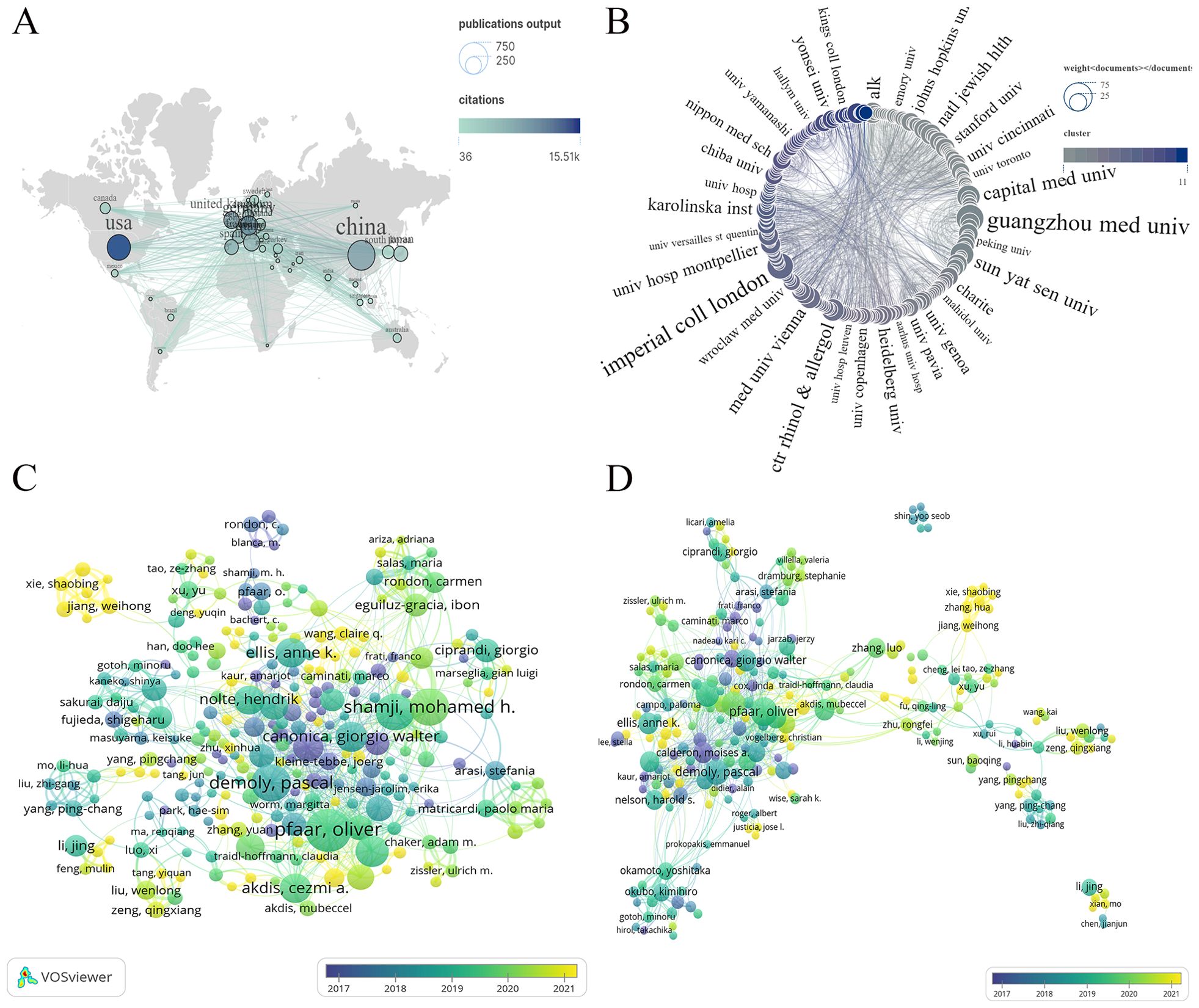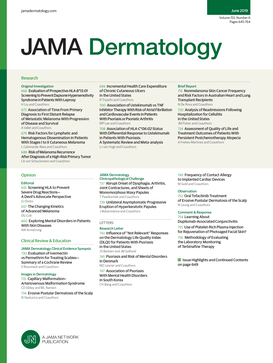ABSTRACT
Anaphylaxis affects up to 5% of people during their lifetime. Although anaphylaxis usually resolves without long-term physical consequences, it can result in anxiety and quality of life impairment. Rarely and unpredictably, community anaphylaxis can cause rapid physiological decompensation and death. Adrenaline (epinephrine) is the cornerstone of anaphylaxis treatment, and provision of adrenaline autoinjectors (AAI) has become a standard of care for people at risk of anaphylaxis in the community. In this article, we explore the effectiveness of AAIs for preventing fatal outcomes in anaphylaxis, using information drawn from animal and human in vivo studies and epidemiology. We find that data support the effectiveness of intravenous adrenaline infusions for reversing physiological features of anaphylaxis, typically at doses from 0.05 to 0.5 μg/kg/min for 1–2 h, or ~ 10 μg/kg total dose. Intramuscular injection of doses approximating 10 μg/kg in humans can result in similar peak plasma adrenaline levels to intravenous infusions, at 100–500 pg/mL.










